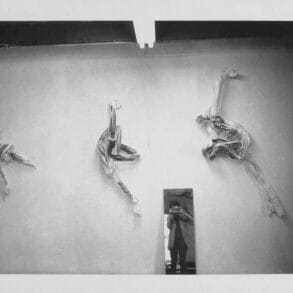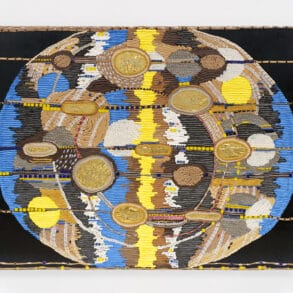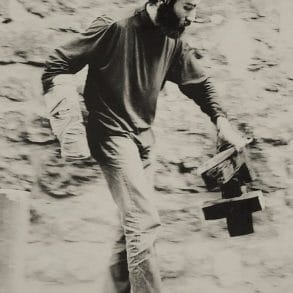André Derain, a French artist, painter, and sculptor, played a significant role in the development of two groundbreaking artistic movements of the early 20th century: Fauvism and Cubism. His contributions to these movements, along with his unique use of vibrant colors, simplification of form, and fascination with primitive art, have cemented his place as a pioneer of modern art. Despite some debates about the originality of his work, Derain’s artistic legacy remains an important part of the art world. In this article, we will explore Derain’s biography, his involvement in Fauvism and Cubism, his stylistic evolution, and the controversies surrounding his career.
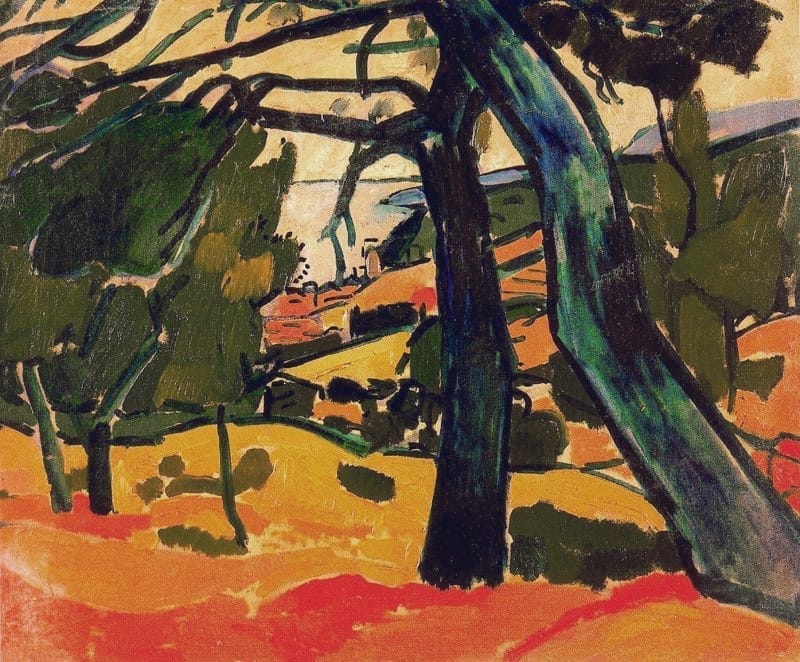
Biography
Early Years and Education
André Derain was born on June 10, 1880, in Chatou, a suburb of Paris, France. Growing up in a middle-class family, Derain received a traditional education and showed an early talent for drawing and painting. Although he excelled in these artistic pursuits, his experience at school was less than ideal, and he found solace in his passion for art. In 1898, Derain entered the Paris studio of Symbolist painter Eugene Carriere, where he met Henri Matisse, who would become a lifelong collaborator and friend.
Fauvism and the Salon d’Automne
In 1905, Derain, Matisse, and a group of other artists spent the summer together in the Mediterranean village of Collioure. Inspired by the vibrant colors and expressive qualities of the landscape, Derain completed his renowned painting “Mountains at Collioure.” Later that year, the group exhibited their innovative works at the Salon d’Automne in Paris. The bold, intense colors used by Derain and his fellow artists led critic Louis Vauxcelles to mockingly label them “les Fauves,” or “the wild beasts,” giving birth to the Fauvism movement.

Cubism and African Art
Derain’s exploration of artistic styles didn’t end with Fauvism. During a visit to London in 1906, he encountered African masks exhibited at the Negro Museum, which sparked his fascination with primitive art. This interest in African masks and sculptures would later influence the development of Cubism, a movement in which Derain played an important role. His exposure to African art, combined with his study of Cézanne’s work, led him to experiment with geometric forms and multiple viewpoints, paving the way for his involvement in the early stages of Cubism.
Stylistic Evolution and Controversies
As Derain continued to search for artistic meaning and a timeless art form, his style evolved. In his quest for an art that transcended specific contexts and spoke to all generations, he aligned himself with Symbolism and Classical Art. His paintings emphasized the beauty of nature and individuals interacting with it, rather than focusing on the depiction of modern life. This departure from the Impressionist approach attracted both admiration and criticism.
During World War II, Derain’s embrace of a Classical style caught the attention of the Nazi regime, which saw it as representative of French culture. He accepted an invitation to tour Germany in 1941, participating in an exhibition alongside officially endorsed artist Arno Breker. Although Derain denied assisting the Germans and claimed that art should be separate from politics, his involvement with the Nazi regime tarnished his reputation and compromised his revolutionary contributions.

Legacy and Influence
Derain’s artistic legacy is multifaceted and continues to influence the art world to this day. Despite the controversies surrounding his career, his contributions to Fauvism and Cubism cannot be overlooked. As one of the founders of Fauvism, Derain’s use of vibrant colors and expressive brushwork paved the way for future generations of artists who sought to break free from traditional artistic conventions. His early exploration of Cubism, particularly his interest in African art, played a crucial role in the development of this revolutionary movement.
Derain’s impact extended beyond Fauvism and Cubism. His search for a universal art that transcended specific contexts and emphasized the beauty of nature aligned him with Symbolism and Classical Art. His decorative paintings, which focused on the timeless beauty of the subjects depicted, reflected an inclination towards idealism and the classical traditions of Greek and Roman art.
While Derain’s reputation was marred by his association with the Nazi regime during World War II, his artistic contributions remain significant. His influence on subsequent art movements such as Expressionism, Neo-Fauvism, and Surrealism is often overlooked but cannot be denied. The combination of his unique use of color, simplification of form, and fascination with primitive art set him apart as a pioneering figure in the realm of modern art.
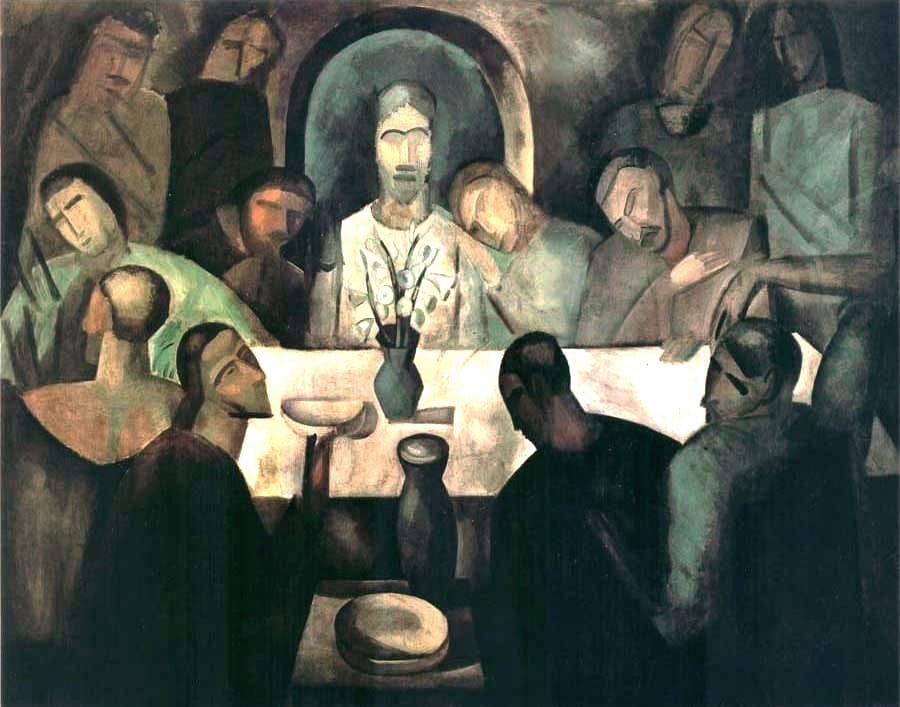
André Derain’s contributions to Fauvism and Cubism, along with his stylistic evolution and fascination with primitive art, have solidified his place as a pioneer of modern art. Despite debates about the originality of his work and controversies surrounding his career, Derain’s use of vibrant colors, simplification of form, and exploration of different artistic styles have left an indelible mark on the art world. His legacy continues to inspire artists and art enthusiasts alike, making André Derain an important figure in the history of modern art.



